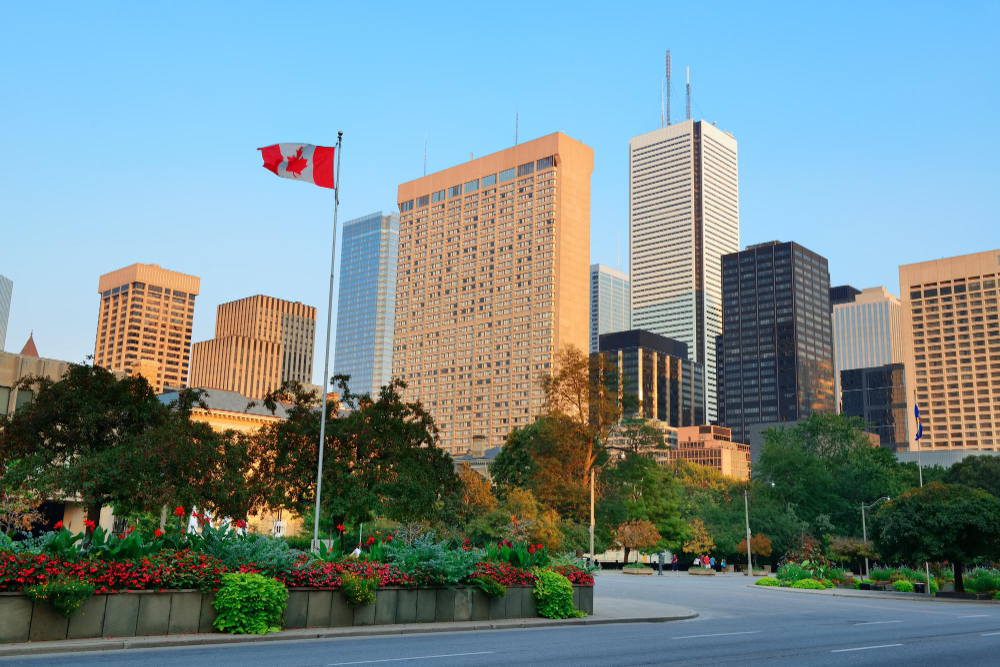How to Apply for Canadian Citizenship with Limited Documents – Part 1

At first glance, applying to IRCC for a Canadian Citizenship Certificate may seem like a simple process. The application package provides a clear checklist of required documents, which helps applicants organize everything they need before submission.
However, complications often arise when one or more of these key documents are missing. While you can try contacting IRCC for guidance, reaching an agent can be difficult. Online forums may offer general advice, but if your situation is unique, your question may be too specific for anyone to provide assistance.
In such instances, your only recourse is to proceed with the Canadian Citizenship application and hope for a positive outcome. Yet, this approach may entail waiting several months for a resolution, time you may not have to spare.
Common Supporting Documents Needed for Citizenship Certificate Applications
For most Canadian citizenship certificate applications, IRCC typically requires:
- Two pieces of valid personal ID (one with a photo, such as a passport, driver’s license, or health card)
- A long-form birth certificate
- Parents’ birth certificates
- Grandparents’ birth certificates (if applying as second generation)
- Proof of name change, if applicable
If you are applying for a replacement citizenship certificate, the requirements are usually simpler:
- Two pieces of valid personal ID (one with a photo)
- Proof of name change, if applicable
When Primary ID Documents Are Missing
One of the most common challenges is not having a passport or other valid photo ID. This can happen due to theft, burglary, or other unforeseen circumstances.
The worst mistake you can make is submitting your application without explanation. IRCC will simply return it, leaving you back at square one.
Instead, the best approach is to include a covering letter. This letter should explain why you cannot provide the required documents and include any additional context relevant to your situation. Along with this, you will need to submit a statutory declaration with an affixed photo, notarized, plus as many supporting documents as possible such as CRA assessments, bank statements, or other official records linking your name to your identity.
Applications missing core ID documents will generally take longer to process. IRCC must be convinced that you truly cannot obtain these documents without first having a citizenship certificate.
When IRCC Won’t Accept a Statutory Declaration
There are situations where IRCC will not accept a statutory declaration if they believe you could obtain the documents in another way. Here are two examples:
Scenario 1:
You are a dual citizen of Canada and the UK, but you have no valid ID (no Canadian or UK passport, no health card, no driver’s license).
The best approach would be to first apply for a UK passport. With that, you can then apply for a driver’s license or other supporting ID.
Scenario 2:
You are a Canadian citizen but not a dual citizen. You have a health card with no photo and no other valid photo ID.
In this case, you could first apply for a Verification of Status using your birth certificate. Once received, you could then use it to apply for a driver’s license, which provides the photo ID required for your citizenship certificate application.